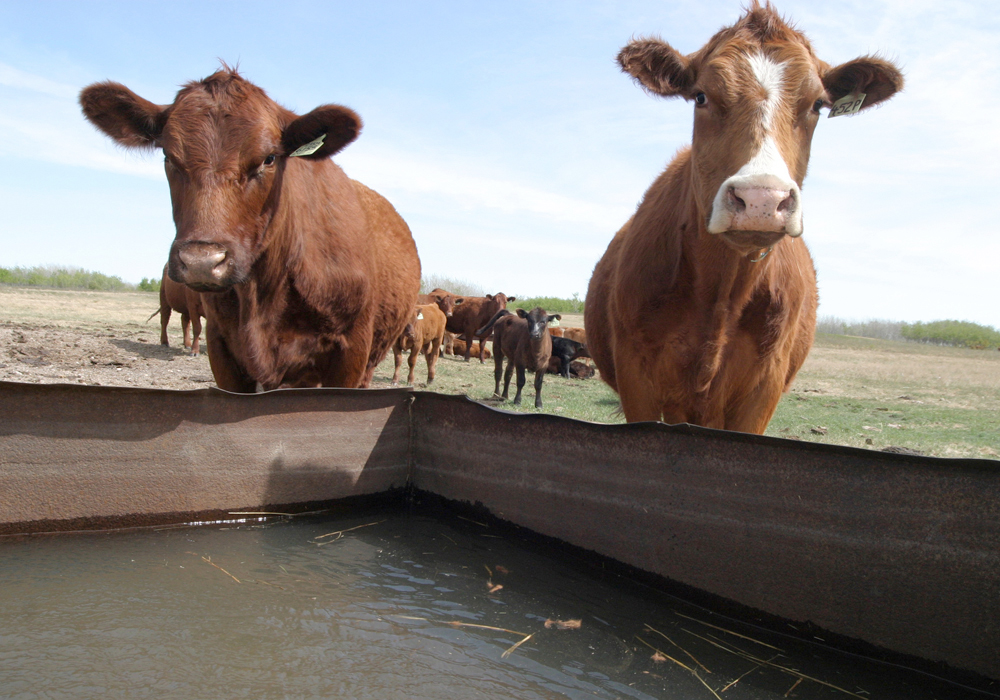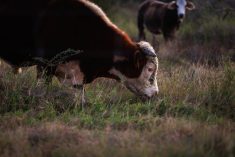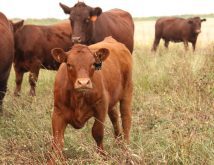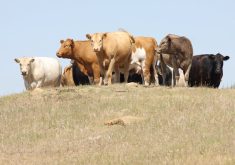Ensuring adequate water supplies and using appropriate grazing practices are called important focuses in livestock sector
It’s been a stressful past year for ranchers across the Prairies faced with feed shortages caused by last summer’s drought and high feed prices.
But it’s an environment producers need to get used to, according to a group of ranchers participating in a chat as part of the Beef and Forage Research Forum hosted by the Saskatchewan Cattlemen’s Association earlier this month.
Duane Thompson, who runs Tee Two Land and Cattle Co. near Kelliher, Sask., said dealing with dry weather was something he’s been dealing with since he took over the family ranch in the late 1980s.
Read Also
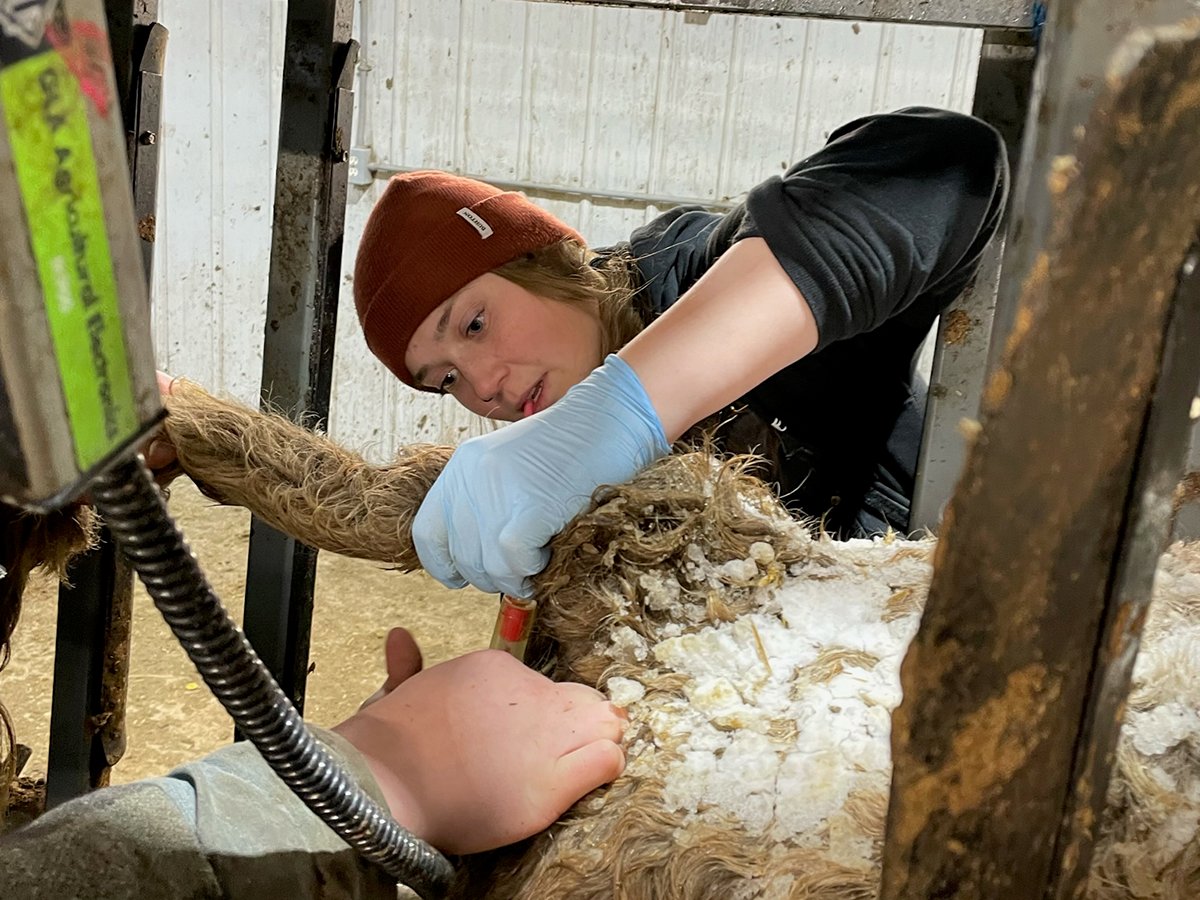
Pen riders better than tech at detecting respiratory disease in feedlot cattle, says researcher
Katrina Garneau’s recent research found that pen riders are better than technology at flagging signs of BRD in feedlot cattle.
“Everything we’ve dealt with has happened before,” said Thompson. “My great-granddad, my granddad and my dad all dealt with drought.”
But while the end of the 1980s saw dry years, the next 15 included a cycle of wet years.
One of the pieces of advice Thompson said he took to heart as he built his herd 15-fold from its original size during a period of excessive moisture was, “if you are going to go this route and you’re going to go with a pretty intensive and large herd, you better make sure you cover your bases on water for when it gets dry.”
Thompson said he installed kilometres of piping in his operation during some of the wettest years he’s ever had.
At the same time, Thompson said he was strategizing about what his insurance against dry years would be.
One of those was turning to the Savory Grazing Method for stocking rates, a system that has come under criticism, but which Thompson said “saved my butt.”
He said he’s a little disappointed the research community hasn’t embraced the system, which he says has worked for him for the last 35 years.
Lorne Klein, formerly a government grazing and forage specialist and now bison rancher, said the evolution in cattle management has come a long way.
But like Thompson, some of the best advice was the most basic: “If you don’t have water, you don’t have anything.”
Rockhaven, Sask., rancher Jeremy Brown said there is a lot of marginal land that is currently farmed along both sides of the Alberta-Saskatchewan border that could be — and perhaps should be — turned into pasture to help deal with forage quantity issues.
“Those areas aren’t being very productive right now and they are potentially costing a lot of money and maybe even being an environmental concern (and) could be producing forage that’s useful and profitable and, right now, badly needed in the industry,” said Brown.
Barb Gabruch, who ranches in Consul, Sask., said planning is important but producers must know exactly how much it’s going to cost and what the returns will be when material prices go through the roof.
“One thing that I think those of us with grey hair do is not give the next generation quite enough of a chance,” said Gabruch.
On her operation, Gabruch said she allowed some new ideas to be tried that didn’t work out, but “we learned and we moved on. I think that’s really important as well.”
As for farmers converting marginal lands to forage, Gabruch said with high feed prices likely to carry through 2022, there is an opportunity for operations to re-evaluate their return on investment when it comes to grains versus forage.
“We vacuumed up every bale of hay I think there is in Western Canada this last winter,” she said. “This may be a real opportunity to try to push grain farmers into trying that.”


